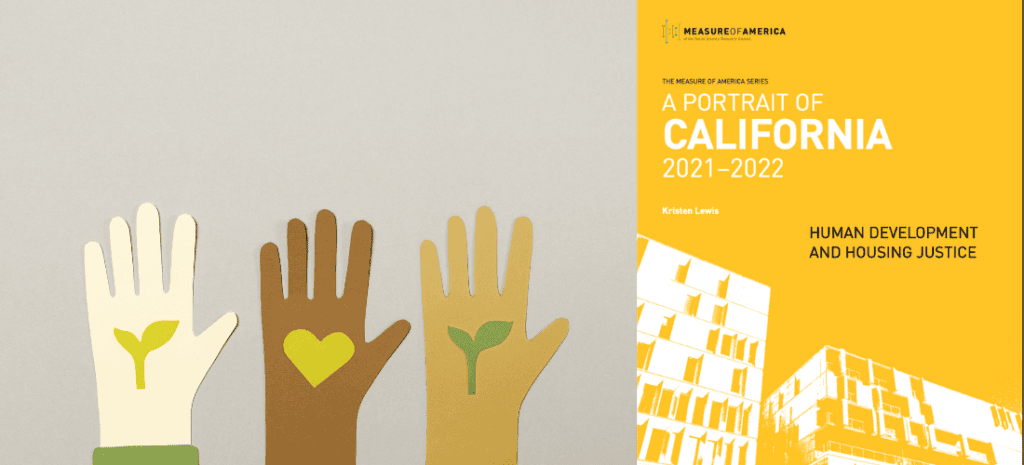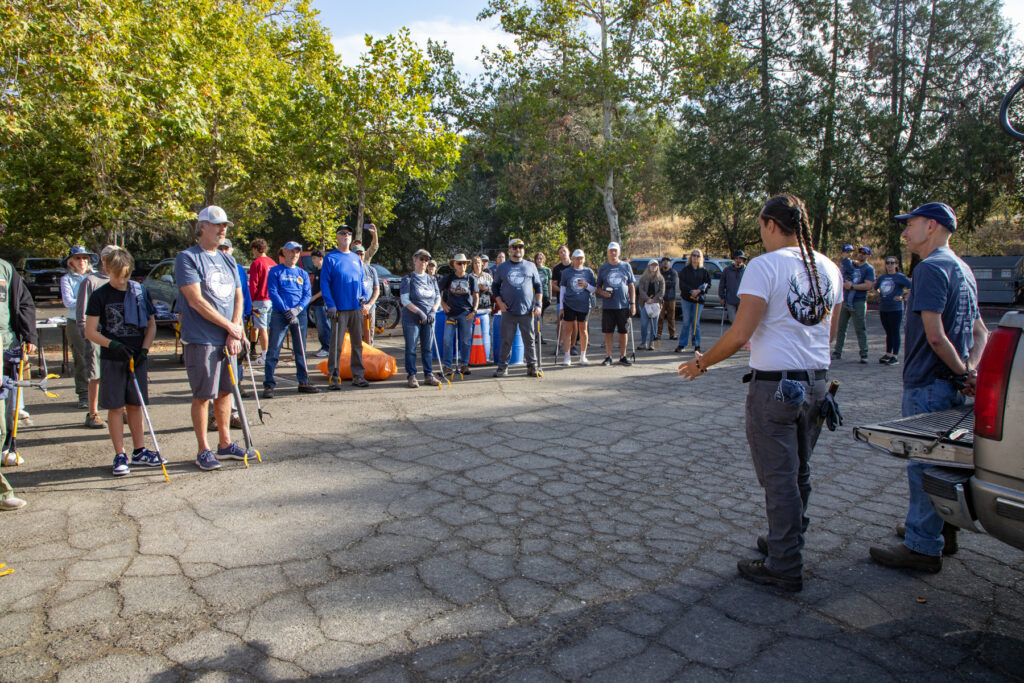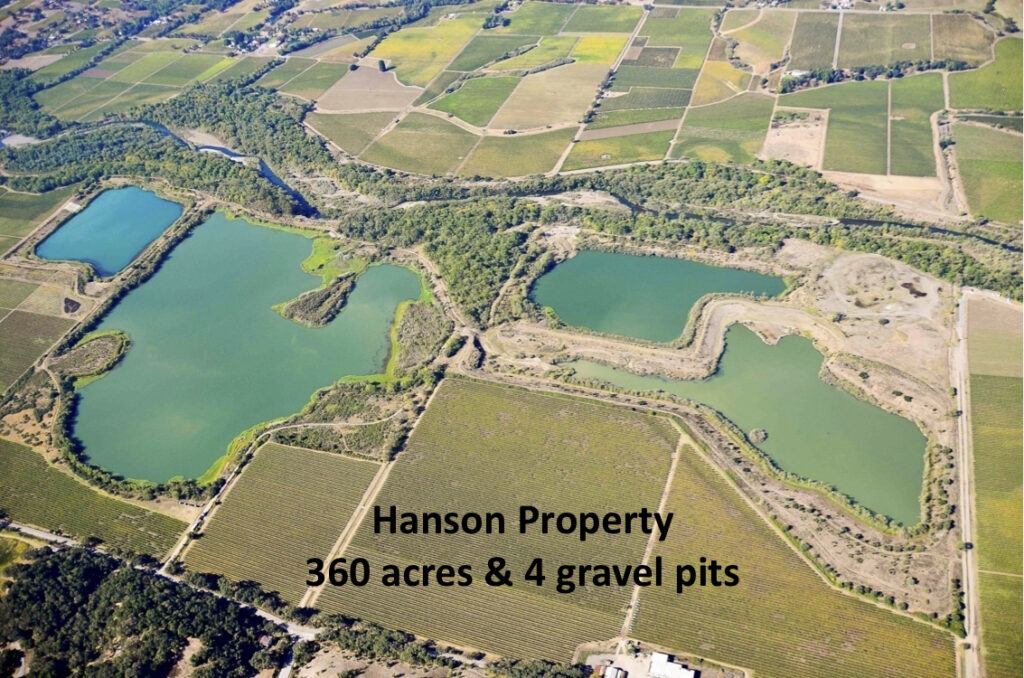The Russian River Watershed is called home for over half a million people who depend on the river for enjoyment, as well as their livelihoods. The recent pandemic and drought have brought to the forefront persistent inequities, not only in Sonoma County, but across California and beyond. These inequities are present in education levels, income, homeownership, health insurance, poverty status, and business ownership, and have significant impacts on quality of life, especially for communities of color. The 2021 update to the Portrait of Sonoma County (previously released in 2014) and the Sonoma County Latino Economic Scorecard reveal finding that can help local government and community groups better understand how Sonoma County is changing and identify who is being left behind.
Black, Indigenous, People of Color (BIPOC), and immigrant and undocumented community members persistently scored lower in all measures than other populations.
Latinos constitute 28.9% of Sonoma’s local population. As detailed by the Sonoma County Latino Economic Scorecard, Latinos fall short on each of the six measures of wealth attainment than their white counterparts. For example, 15% of adult Latinos over the age of 25 have a BA degree or higher while 40% of White adults have a BA degree or higher. Latinos also fall short on median household income by $12,000 annually, homeownership by 27%, and health insurance rates by 11%. The median poverty status and entrepreneurship score defined by the scorecard are also lower for Latinos than White populations.
Place of residence greatly impacts wellbeing, access to resources, and outcomes. For example, the Roseland community of Santa Rosa has the lowest wellbeing score of 3.38 and is 66% Latino, while East Bennett Valley at the top has a score of 8.65 and is 90% white. East Bennet Valley has been heavily invested in terms of parks and green space and have exceptionally high educational and personal earnings outcomes. Roseland is situated between highway 101 and 12, has limited parks and green space and a considerably lower educational attainment rate due to funding being tied to property values and personal earnings averaging near the poverty threshold. This is just one of the many examples of the structural racism we see throughout our watershed.
We can apply what we see in this data in our collective action to achieve equity in the Russian River watershed. We need to continue advocating for clean water, access to environmental benefits and disaster recovery for our hardest hit communities so that all individuals have access to opportunities for a healthy and meaningful life. We must support meaningful policy change to continue progress in our work to achieve equity and build partnerships with those closest to environmental injustice.






